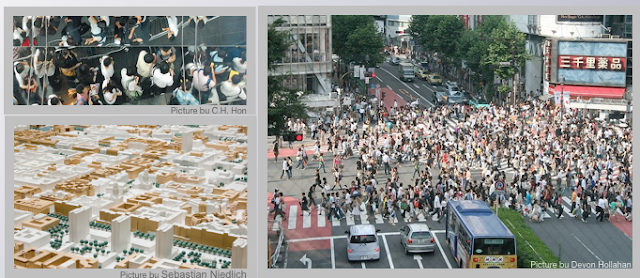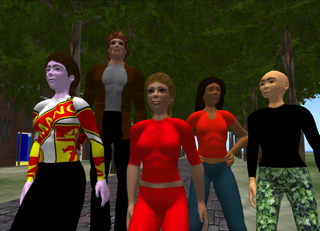
Call for Papers: Agent-Based Models of Geographical Systems
IGU Leeds, Applied GIS and Spatial Modelling: 29 May – 2 June 2013
The use of agent-based models is now becoming widespread within the social sciences. With the maturity of these methodologies, there has been an accompanying development in applications for exploring a wide range of geographical, and more broadly, social sciences problems facing society.
The aim of this session is to bring together researchers who are using ABM within the context of Applied GIS or Spatial Modelling. Papers which explore the relationships between ABM and other related techniques such as spatial microsimulation or cellular automata, and their uses within policy frameworks of substantive applications to geographical problems, will be particularly welcome.
Specific areas of interest include the following:
- Linking ABM to GIScience and visualization of models and their outputs
- Work concerned with the calibration, verification and validation of models, or the development of appropriate methods such as genetic algorithms and other geocomputational methods
- The use of models alongside new forms of data such as social media or volunteered geographical information
- Representations of agent behavior within geographical systems
- Substantive applications to geographical problems and policy issues
- Papers which explore the interactions and linkages to other methods and techniques
Important Dates:
- Abstract submission: 250 – 300 words before Dec 01 2012
- Notification: before Feb 01 2013
- Conference dates: May 29th – 2nd June 2013, Leeds, UK.
Organizers:
- Mark Birkin, University of Leeds: m.h.birkin@leeds.ac.uk
- Andrew Evans, University of Leeds: a.j.evans@leeds.ac.uk
- Alison Heppenstall, University of Leeds: a.j.heppenstall@leeds.ac.uk
- Nick Malleson, University of Leeds: n.malleson@leeds.ac.uk





























